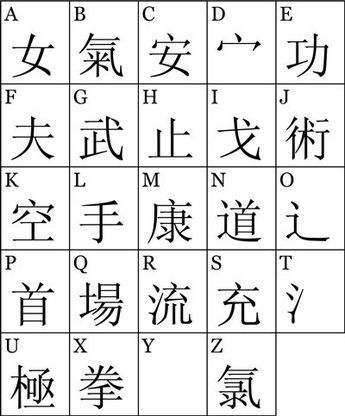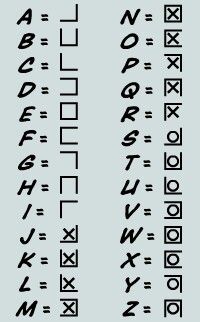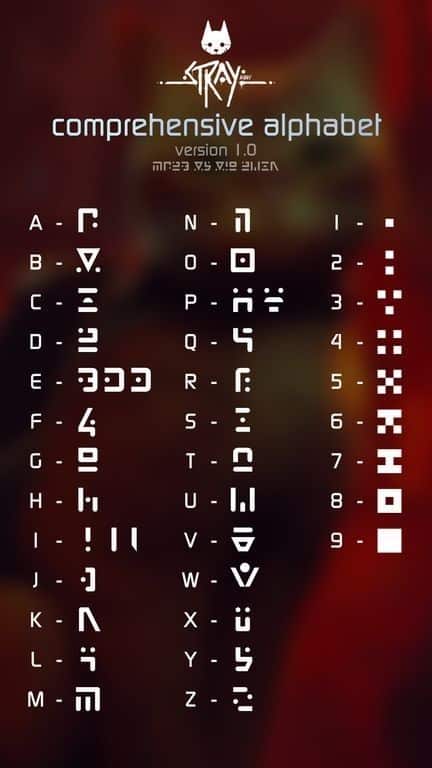The alphabet is a fundamental part of every language, shaping the way we communicate, write, and express our thoughts. From ancient symbols carved on stones to modern-day scripts used on digital devices, alphabets have evolved uniquely across cultures. What makes it even more fascinating is how different each alphabet can look, feel, and function. While some are simple and linear, others, like runes or characters, carry intricate artistry, reflecting their cultural significance and historical roots. Exploring alphabets from around the world reveals a story about human ingenuity and creativity.
Think about how an “A” in English looks vastly different from a symbol in Arabic, Chinese, or Norse runes. These scripts don’t just represent letters; they carry a piece of their culture’s identity. Each stroke, curve, or symbol has a purpose, connecting generations and preserving traditions. Whether it’s the mysterious Viking runes, the flowing beauty of Arabic calligraphy, or the structured precision of Chinese characters, alphabets are more than just tools for writing, they’re windows into diverse histories and lifestyles.
#1

Alphabets vary drastically across languages, ranging from linear to highly decorative symbols.
#2

Runes, such as the Viking alphabet, were often carved into wood or stone for magical and communicative purposes.
#3

Arabic script flows right to left, with its elegant calligraphy playing a significant cultural role in art and design.
#4

The Chinese alphabet uses characters, each representing a word or idea, making it more visual than phonetic.
#5

The Japanese writing system combines three scripts: Kanji (characters), Hiragana, and Katakana.
#6

English and other Latin-based alphabets are simpler, with 26 letters forming the foundation of global communication.
#7

Some alphabets, like Hebrew or Arabic, do not use vowels as prominently as Latin-based systems.
#8

The Cyrillic alphabet is used for Slavic languages like Russian and Bulgarian, blending old script influences.
#9

Ancient Egyptian hieroglyphs combined symbols, phonetics, and visuals to tell stories.
#10

Korean Hangul is one of the easiest alphabets to learn because of its logical structure and design.
#11

Alphabets often evolve from pictographs, which represented real objects before becoming phonetic symbols.
#12

The Phoenician alphabet is considered the root of many modern alphabets, including Greek and Latin.
#13

Some languages, like Mandarin, use thousands of characters, unlike English, which has a fixed alphabet.
#14

Alphabets like Greek have influenced mathematics, science, and philosophy through symbols like alpha, beta, and pi.
#15

Many ancient alphabets, like Norse runes, were thought to have mystical and spiritual significance.
#16

Alphabets not only shape language but are also central to cultural art, poetry, and religious texts.
#17

Modern technology has unified alphabets, but ancient symbols still inspire fonts and designs worldwide.
#18

Alphabets like Arabic are used across continents, unifying diverse cultures under a single script.


0 Comments